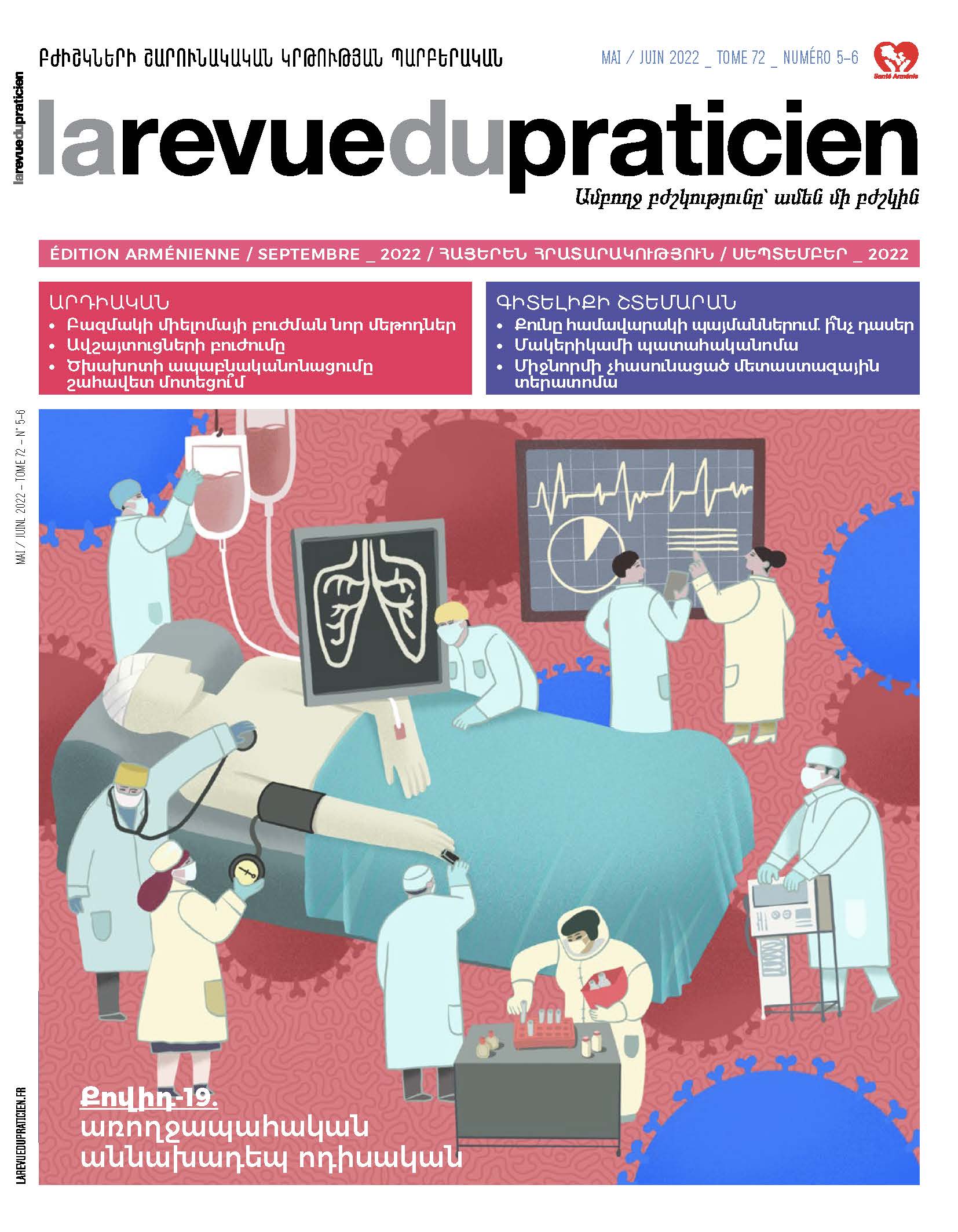Virological aspects, diagnostic tools and variants of SARS-CoV-2 30
Marion Helary, Maud Salmona, Éve-Marie Walle, Linda Feghoul, Nadia Mahjoub, Nathalie Schnepf, Sarah Maylin, Marie-Laure Chaix, Jérôme Le Goff, Constance Delaugerre.Abstract
SARS-CoV-2 is an enveloped non-segmented linear single-stranded positive RNA virus. The envelope carries the protein spike (S) which recognizes the ACE2 receptor on the target cell and allows entry of the virus. The numerous mutations on the S protein are at the origin of a great genetic diversity, involved in the species barrier and the escape from neutralizing antibodies. The main mode of transmission is respiratory. The virus replicates 24 hours after infection and the viral RNA is detected by direct diagnostic techniques as the reference technique is RT-PCR on a nasopharyngeal sample. To expand screening, RT-PCR on saliva samples and antigenic tests have been developed. The majority of patients develop specific antibodies within 10-15 days which are detectable by serological methods. It is recommended to combine the search for anti-N and anti-S antibodies. The viral genome has great plasticity and variants emerged from the summer of 2020. There are several classifications, including that of the WHO, which assigns each variant a Greek letter. Finally, Santé publique France has deployed an epidemiological surveillance system of variants using PCR screening and sequencing.
